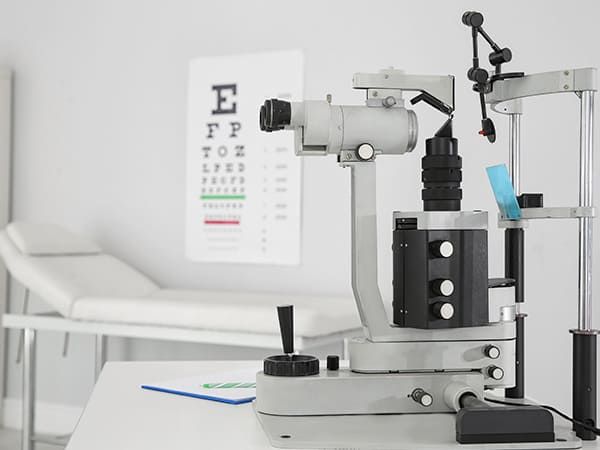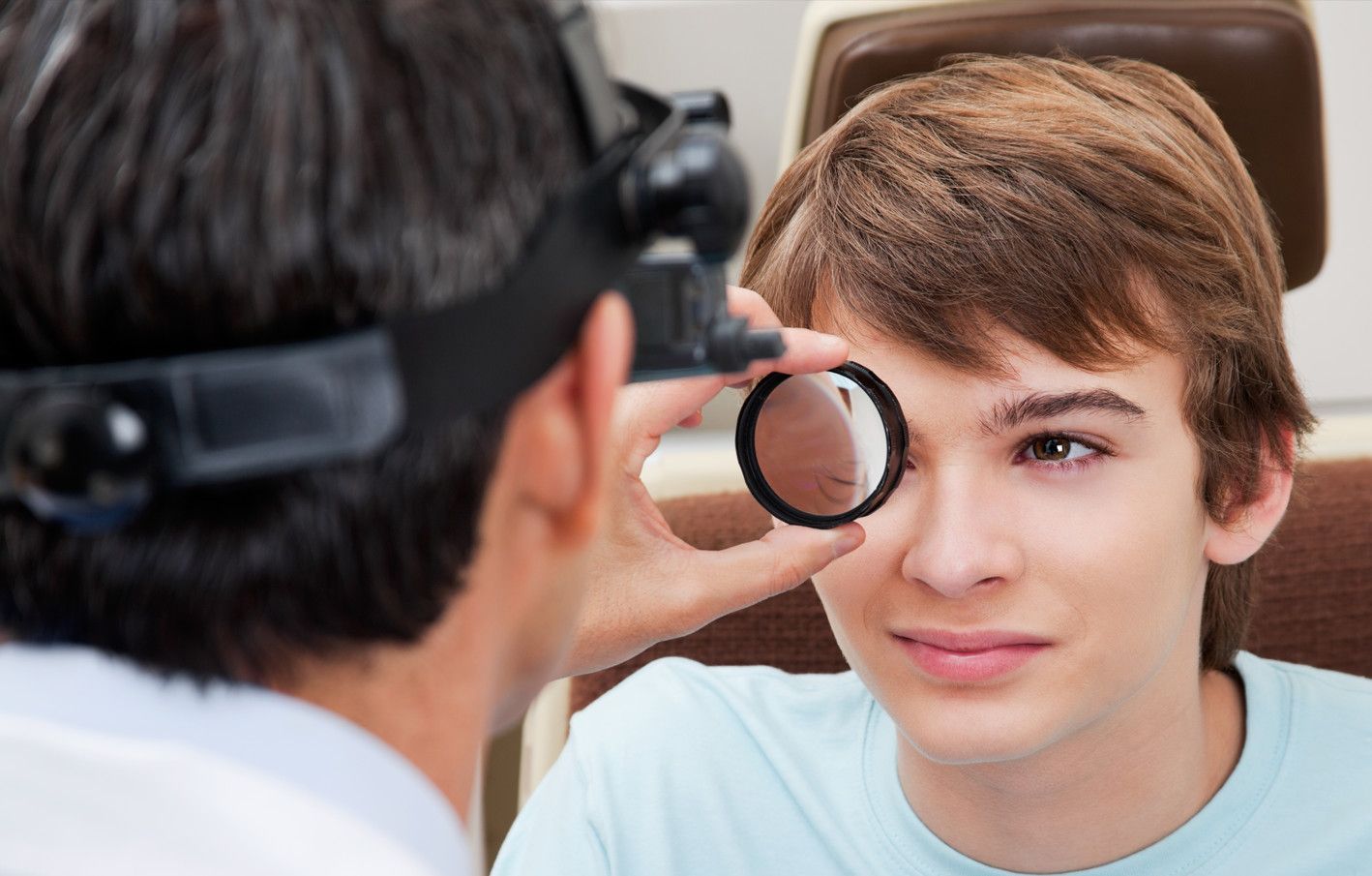
CATARACT REMOVAL
If you have been diagnosed with cataracts, it can feel like a very frightening and daunting prognosis. However, cataract removal is actually a very straightforward and simple process. At Family Eye Clinic in Midlothian, Texas, we specialize in a variety of treatment options to meet our patient’s needs, and cataract surgery is just one of the procedures we offer for our patients.
What are Cataracts?
Before we jump into the process of removing cataracts, it is important to understand some things about cataracts first. This helps our patients understand what the surgery is about, and exactly how it works.
Cataracts are considered a clouding of the eye’s lens. This is the leading cause of blindness for people over 40 years of age, and the main cause of blindness in the world.
There are three basic types of cataracts. The first is called a subcapsular cataract. This is a cataract that forms at the back of the lens. People who have diabetes or take steroids are considered to have a higher risk of having this type of cataract.
The second type of cataract is called nuclear cataract. This cataract forms in the center, or nucleus of the lens. These cataracts are commonly associated with the natural aging process in patients.
The final type of cataract is called a cortical cataract. This cataract begins with the appearance of whitened opaque edges of the lens and works its way toward the center of the lens. Typically, this type of cataract progresses in a spoke type of progression toward the center.
Identifying Cataracts
Patients that can recognize some of the early signs of cataracts can often leave more options available for their treatment and can proactively work to slow the progression of cataracts. If you begin to notice any of these symptoms, it is time to contact the Family Eye Clinic to schedule an appointment and be screened for cataracts. Symptoms can often include:
Vision begins to blur
Glaring or starbursts around lights
Colors can appear to be dimmer
A temporary improvement in vision (called “second sight”)
Unfortunately, the temporary improvement in vision is usually short-lived and followed by a deteriorating quality of your vision.
Cataract Removal Process
In the early stages of your cataract, removal may not be required, and changes to your prescription lens or changes in your daily habits can be enough to help alleviate the effects of cataracts without hindering the quality of your life. However, as cataracts worsen, the best option to regain your vision is the removal of the cataract. This procedure is a simple and relatively painless surgery, so there is not much a good reason to wait for too long.
The surgery consists of removing the clouded or damaged lens from the eye, and placing a new intraocular lens, or IOL, in its place. There are a number of IOL’s available today. Some of these offer to help correct your vision so that you can see clearly at all distances and other lenses help to block UV and blue light waves. Some research suggests that these types of light can damage the retina and have a negative impact on your vision over time.
Wearing Prescription Lenses After Surgery
Most patients will still require the use of corrective lenses after their cataract surgery. However, this is often only reading glasses. You should work closely with your eye doctor to identify the best solutions for your vision.







